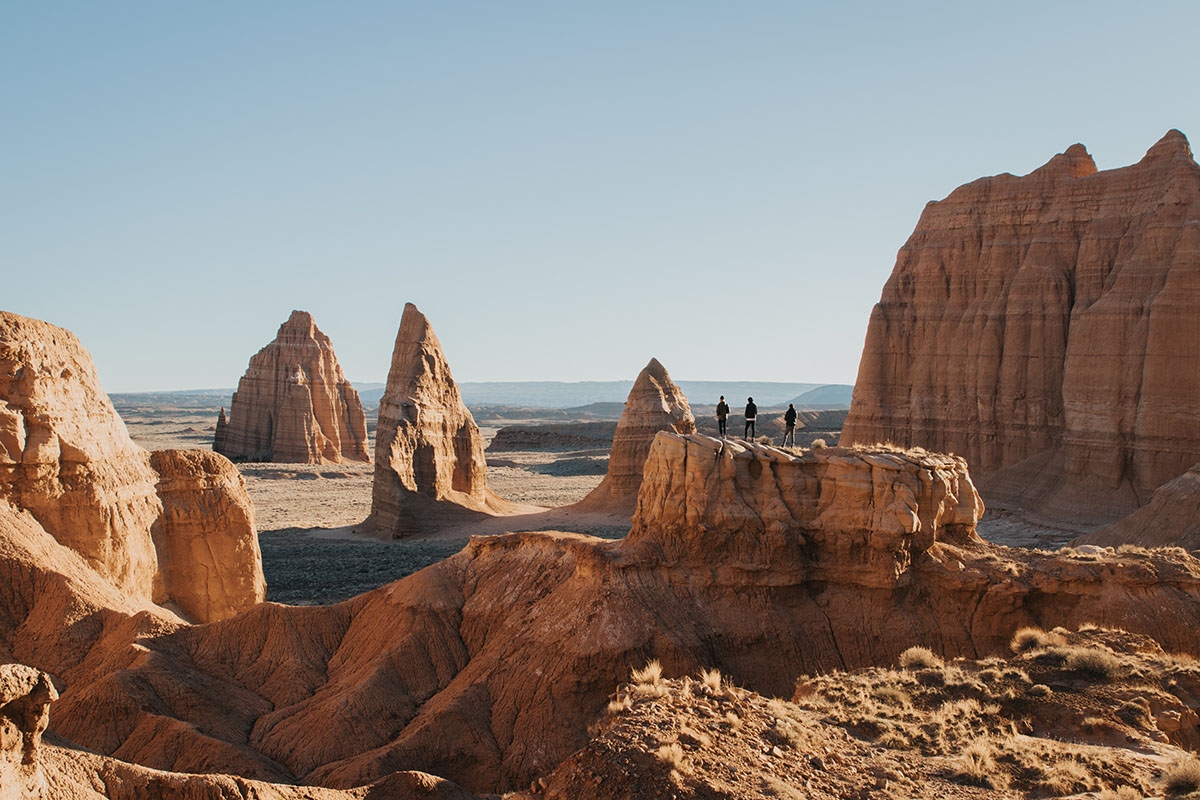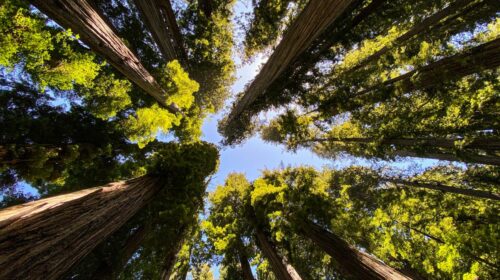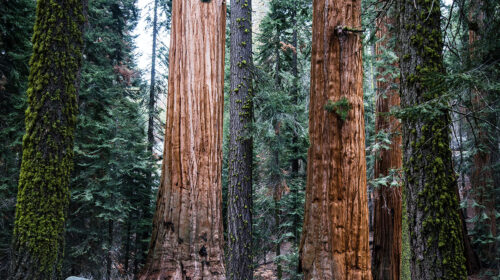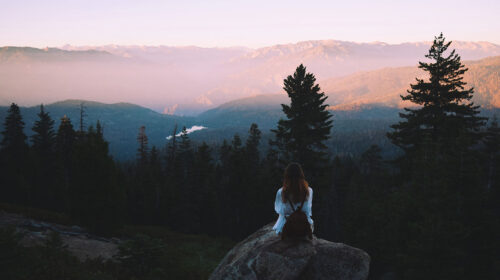Exploring Capitol Reef: The Ultimate National Park Experience
Utah is home to some of the most breathtaking landscapes in the United States, and Capitol Reef National Park is no exception. This park offers visitors a unique look into the geological history of the area, as well as a chance to explore the stunning natural world around them. From hiking and backpacking to rock climbing and sight-seeing, there is something for every type of adventurer at Capitol Reef.
The park itself is located in southern Utah, near the town of Torrey. It gets its name from the “waterpocket fold,” a 100-mile long wrinkle in the earth’s crust which can be seen throughout the park. Capitol Reef is also known for its colorful sandstone formations, ancient petroglyphs, and pioneer history.
The Fremont people were the first known inhabitants of the area, and they lived here as early as 700 AD. Later, European explorers passed through the area, and it eventually became a stop on the Mormon Pioneer National Historic Trail. In the 1930s, the Civilian Conservation Corps helped to develop the park, preserving its natural features and making it accessible to visitors.
Today, visitors can still see evidence of the area’s historic past, as well as enjoy a variety of outdoor activities. One of the most popular things to do in the park is hiking. There are trails for all skill levels, from easy and short walks to longer, more strenuous hikes. Some of the most popular trails include the Capitol Gorge Trail, the Cassidy Arch Trail, and the Grand Wash Trail.
For those looking for more of a challenge, rock climbing is also a popular activity in the park. The towering cliffs and sandstone walls provide an ideal backdrop for climbers of all skill levels. Experienced climbers can tackle classic routes like “Pleasant Overhangs” and “Honeymoon Chimney”, while beginners can take lessons from local guides to learn the basics.
In addition to hiking and rock climbing, there are many other things to see and do in the park. The historic Fruita orchards, planted by Mormon settlers in the 1800s, offer visitors a glimpse into the area’s agricultural past. Visitors can also enjoy scenic drives, picnics, and ranger-led programs.
One of the best times to visit Capitol Reef National Park is during the spring or fall, when temperatures are cooler and the crowds are smaller. However, visitors should be aware of the park’s high elevation (ranging from 3,700 to 8,200 feet) and unpredictable weather patterns, which can change quickly and dramatically.
When it comes to accommodations, visitors have several options. For those who want to stay within the park, there are two campgrounds, one of which is open year-round. Backcountry camping is also available with a permit. Those who prefer more traditional lodging can stay in nearby Torrey, which offers a range of hotels and motels.
Overall, a visit to Capitol Reef National Park is a must for anyone who loves the outdoors and wants to experience the natural beauty of southern Utah. With its unique geology, rich history, and endless opportunities for adventure, this park truly has something for everyone.
Places to Stay Near Capitol Reef National Park
Singletree Campground
Pleasant Creek Campground
Rosebud ATV Campground and Rec Site
Lower Bowns Campground and Recreation Site
Oak Creek Campground
Flute Shop Trading Post and Motel
Attractions Near Capitol Reef National Park
- Fruita Campground – 0 miles
- Capitol Reef Visitor Center – 1 mile
- Pioneer Register – 1 mile
- Capitol Gorge Trailhead – 3 miles
- Goosenecks Overlook – 6 miles
- Sulphur Creek Trailhead – 9 miles
- Cassidy Arch Trailhead – 13 miles
- Cathedrals Trailhead – 16 miles
- Brimhall Natural Bridge – 22 miles
- Calf Creek Falls – 61 miles




